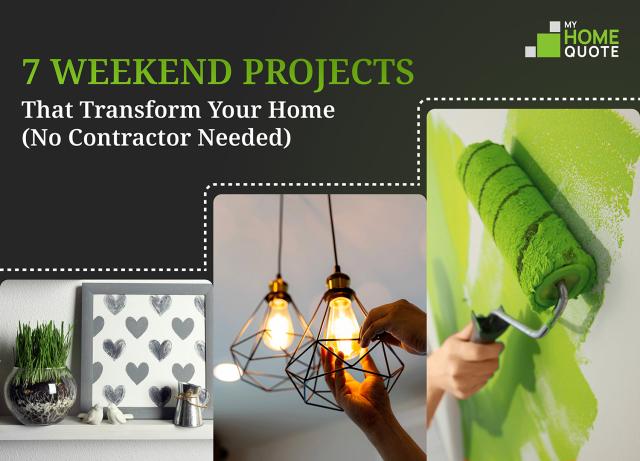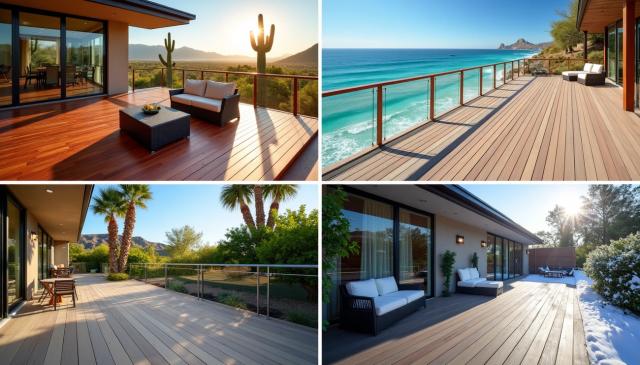Simple Upgrades to Create a Senior-Friendly Bathroom at...
As the U.S. Centers for Disease Control and Prevention (CDC) warns, about 80% of falls among older adults happen in the bathroom. Each year, millions of people aged 65 and older visit emergency rooms because of fall injuries, many...














